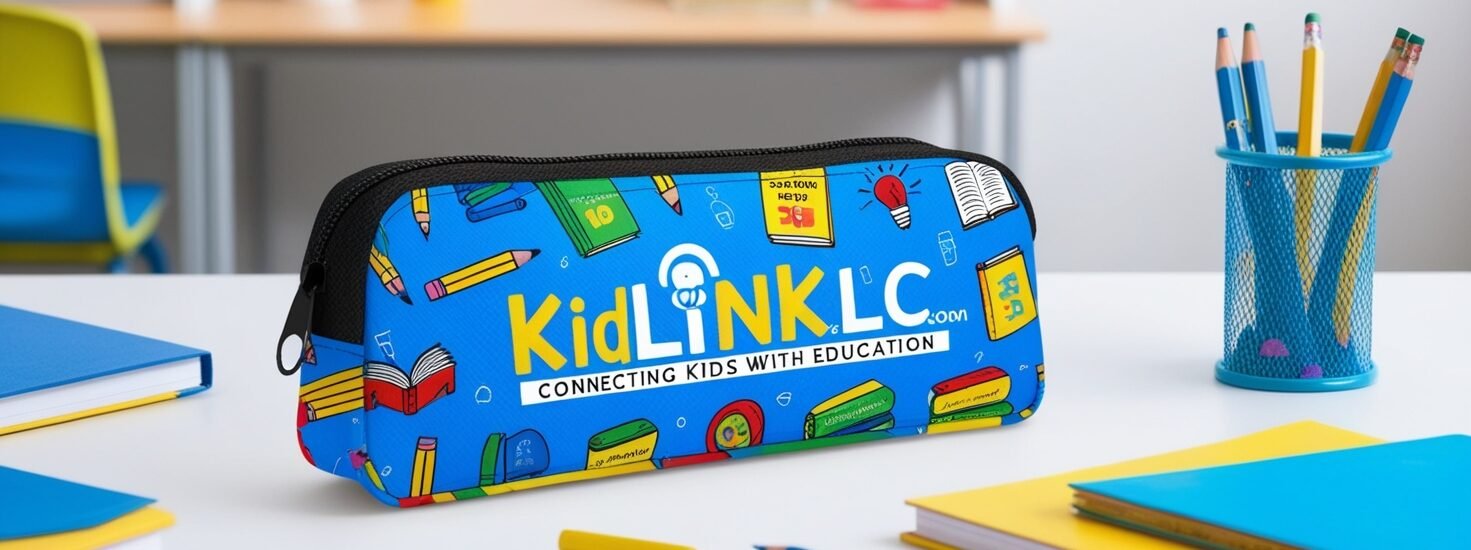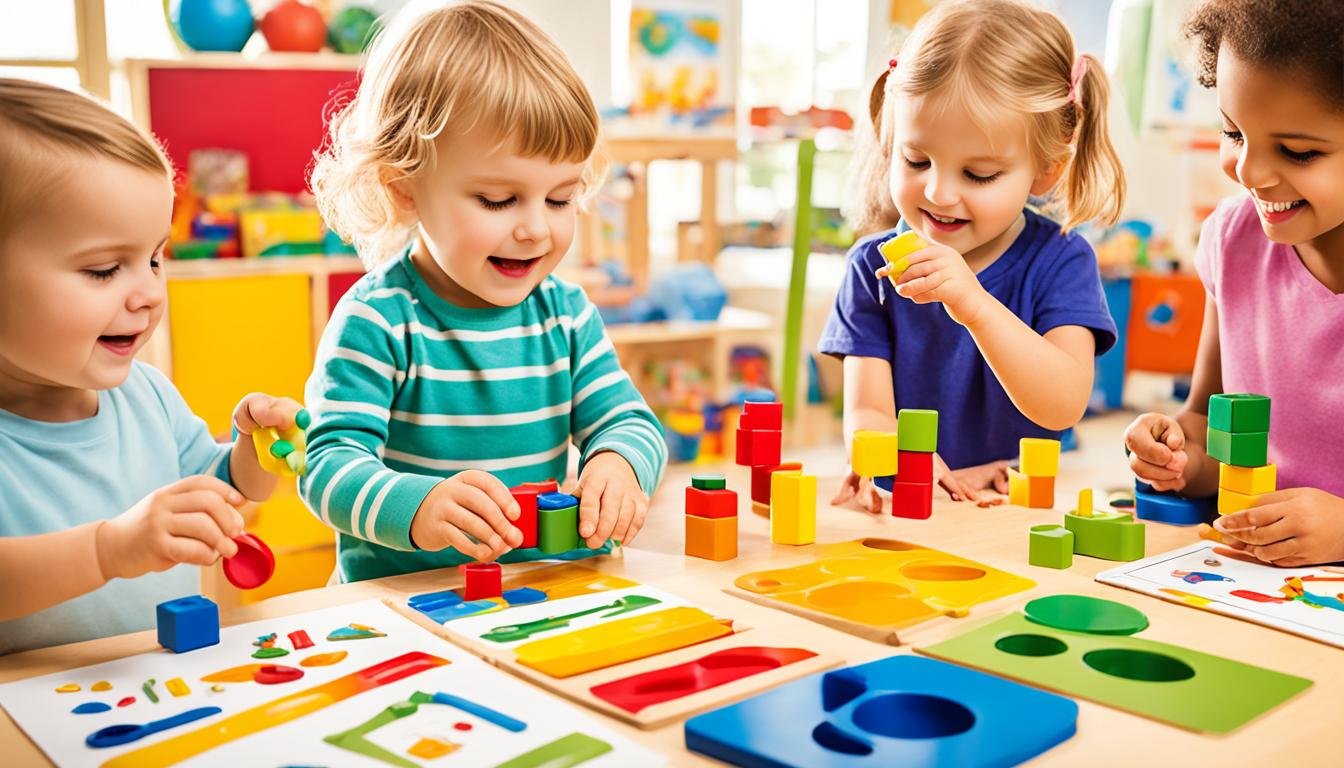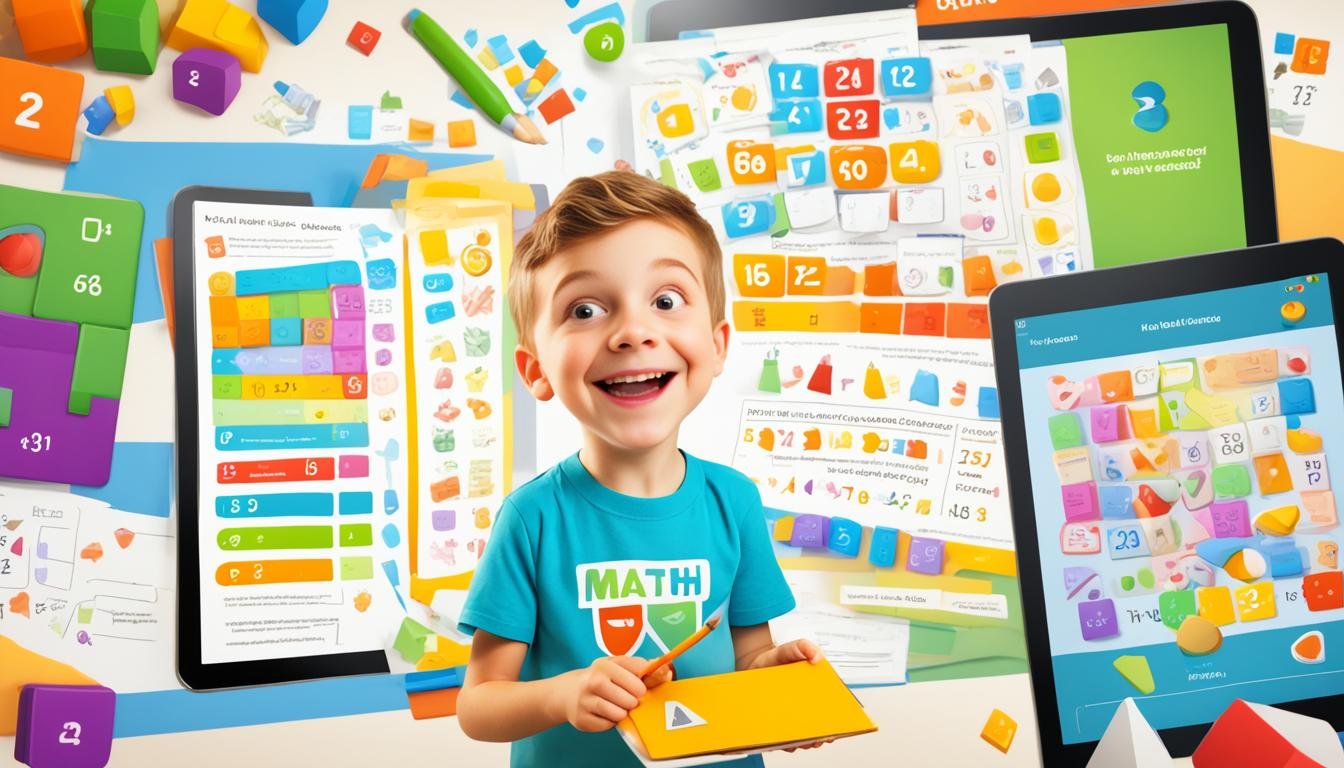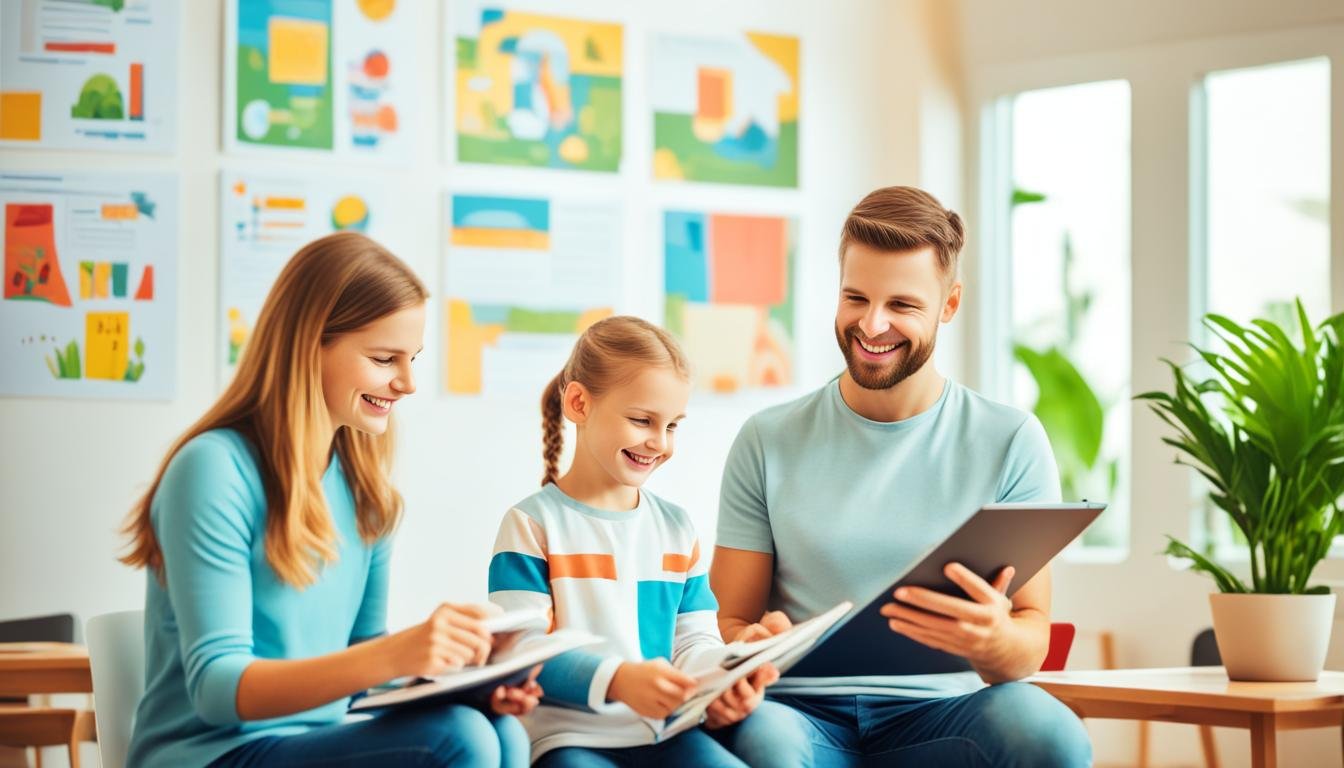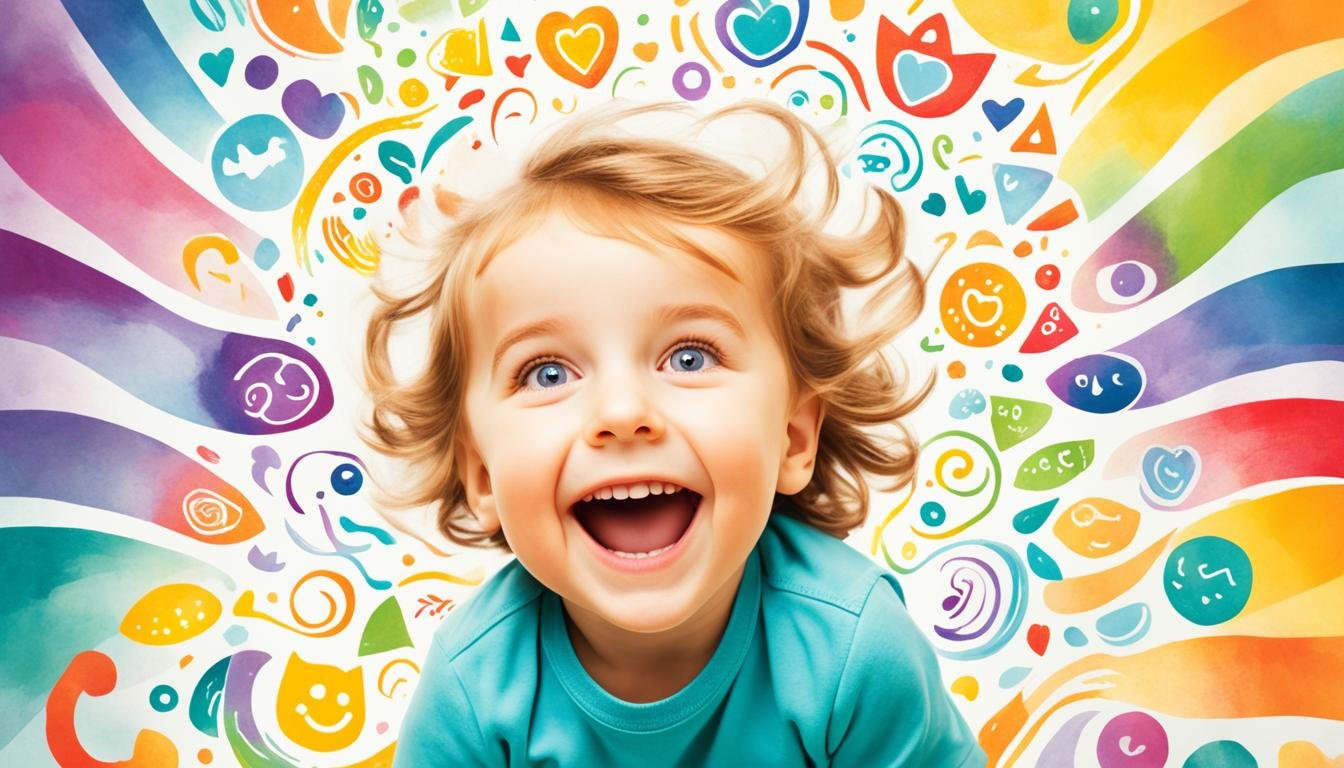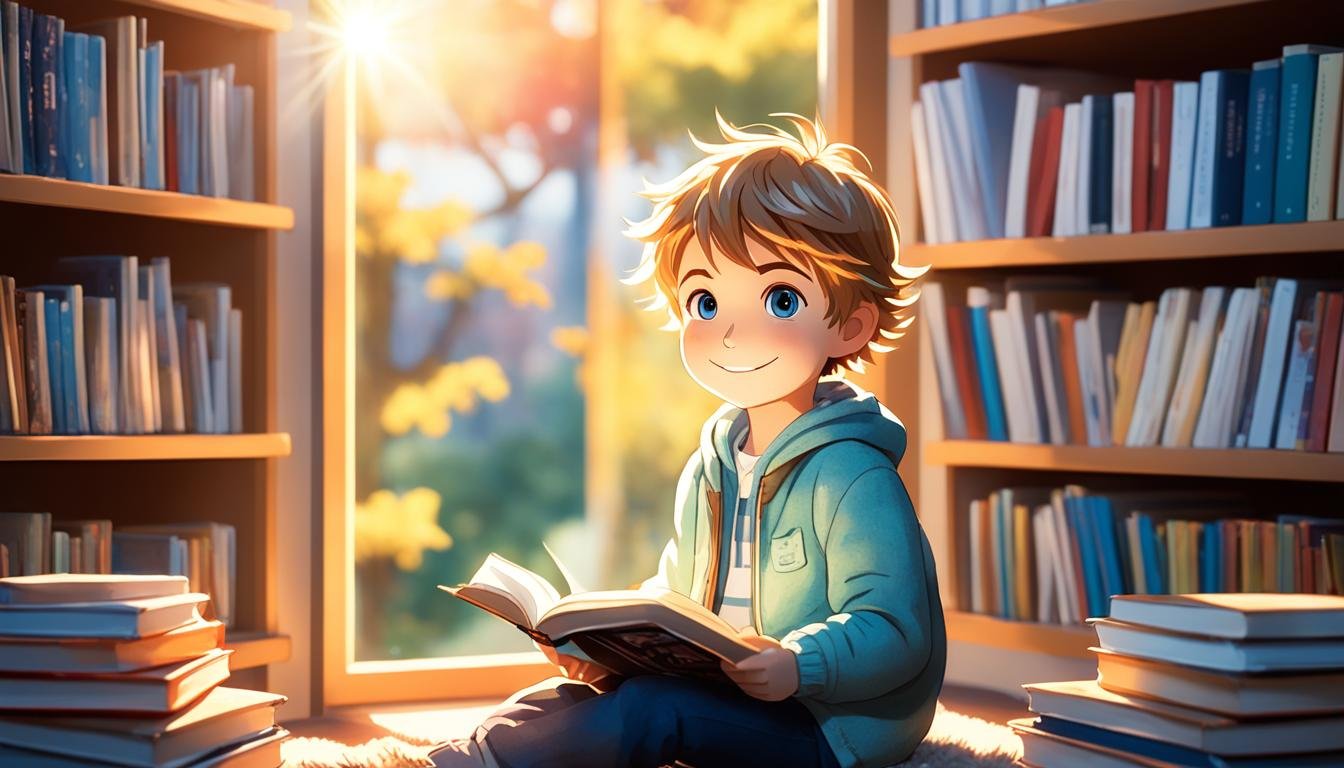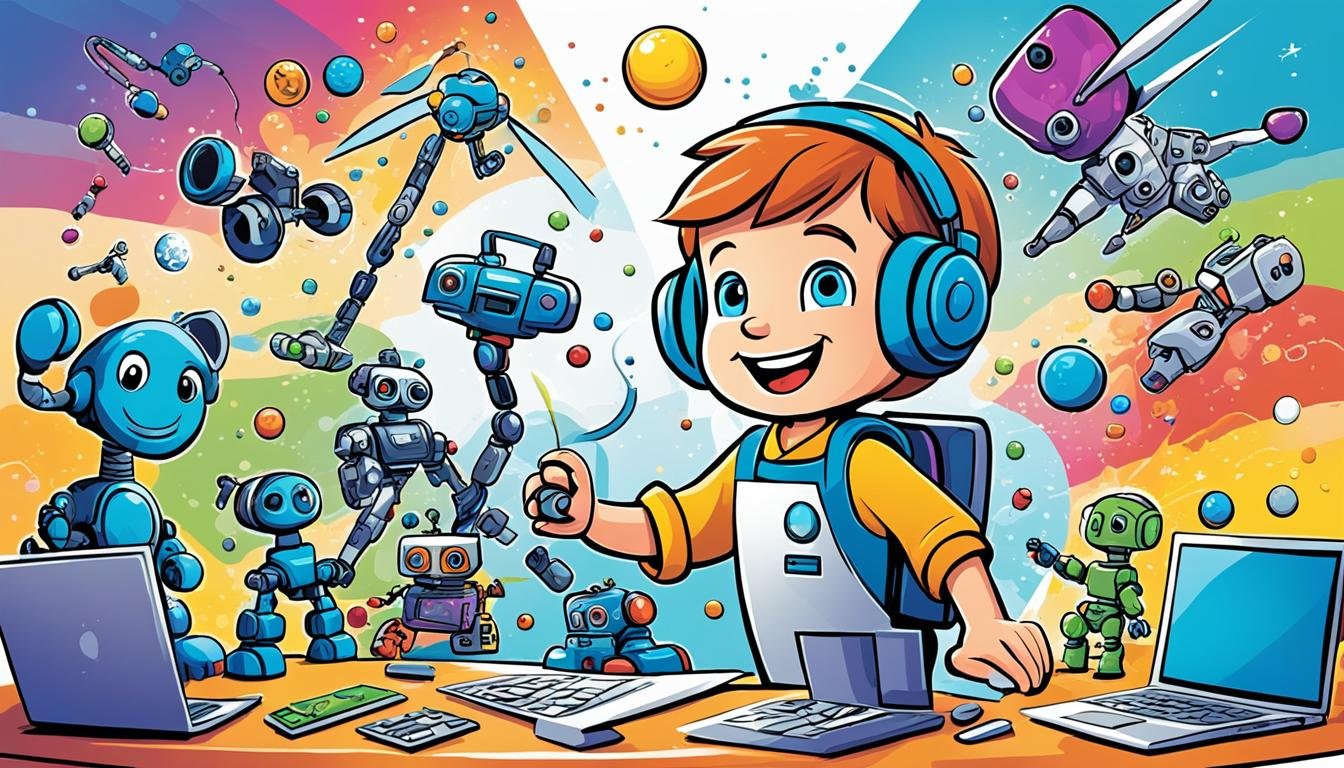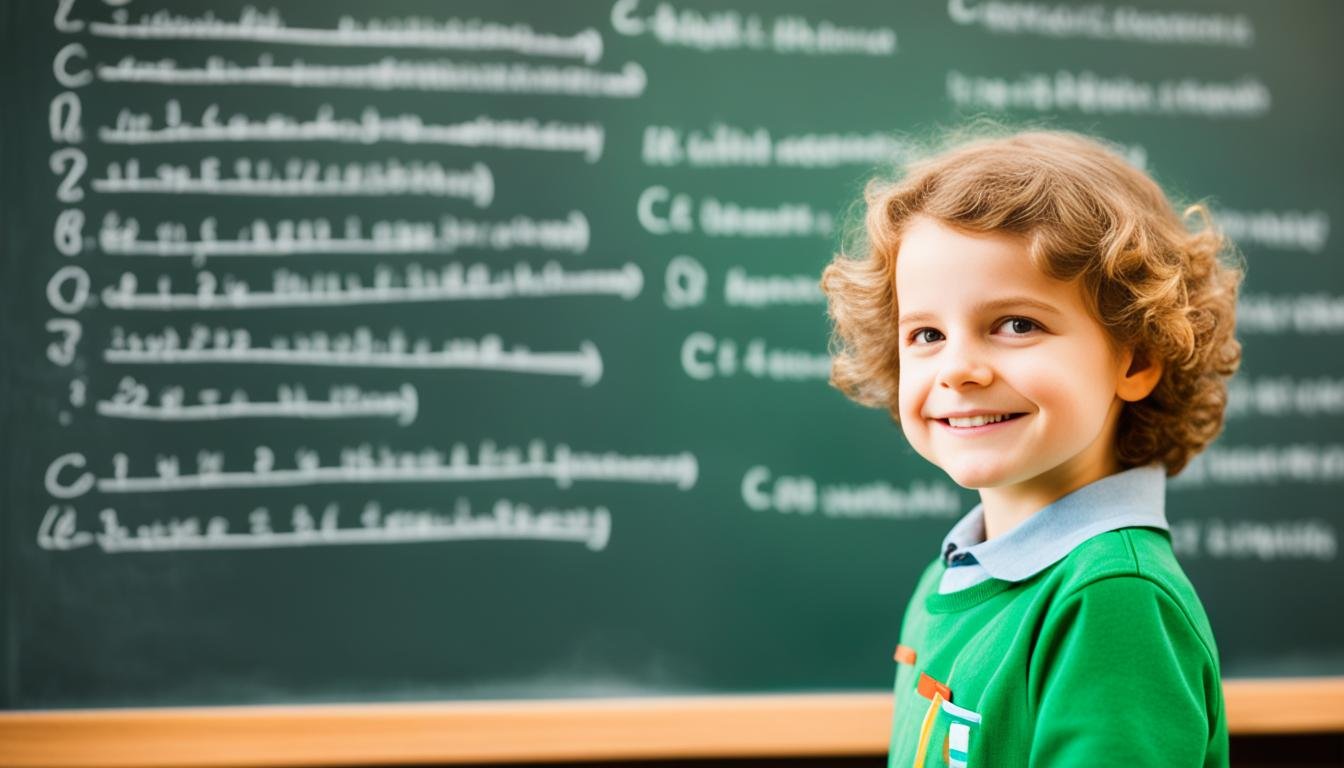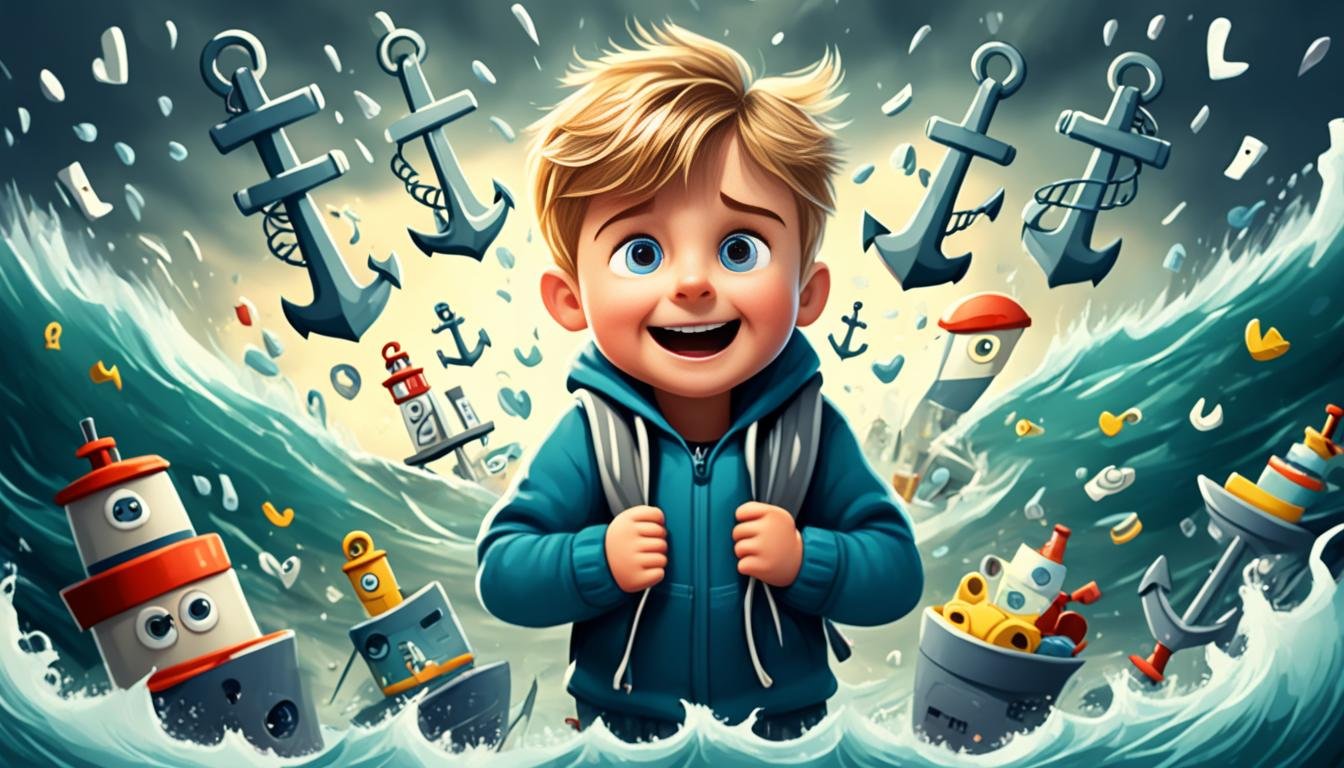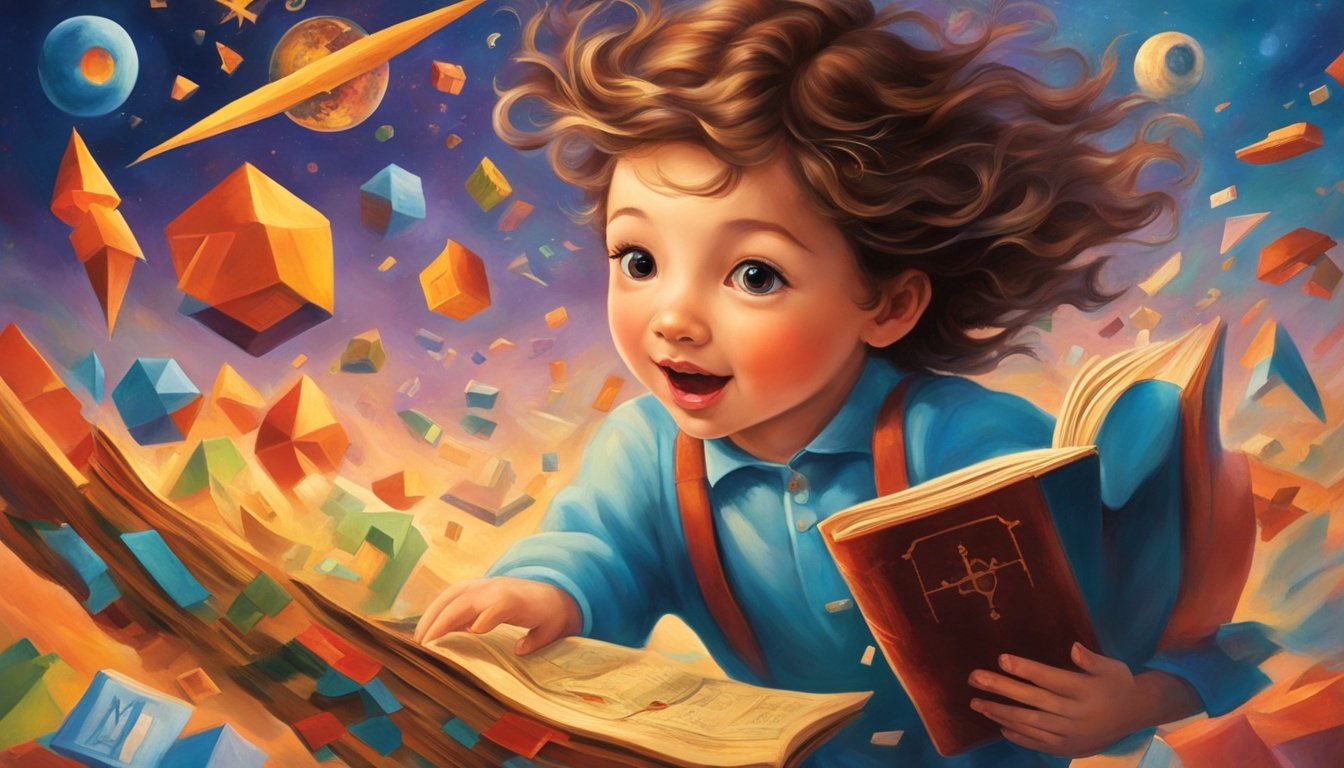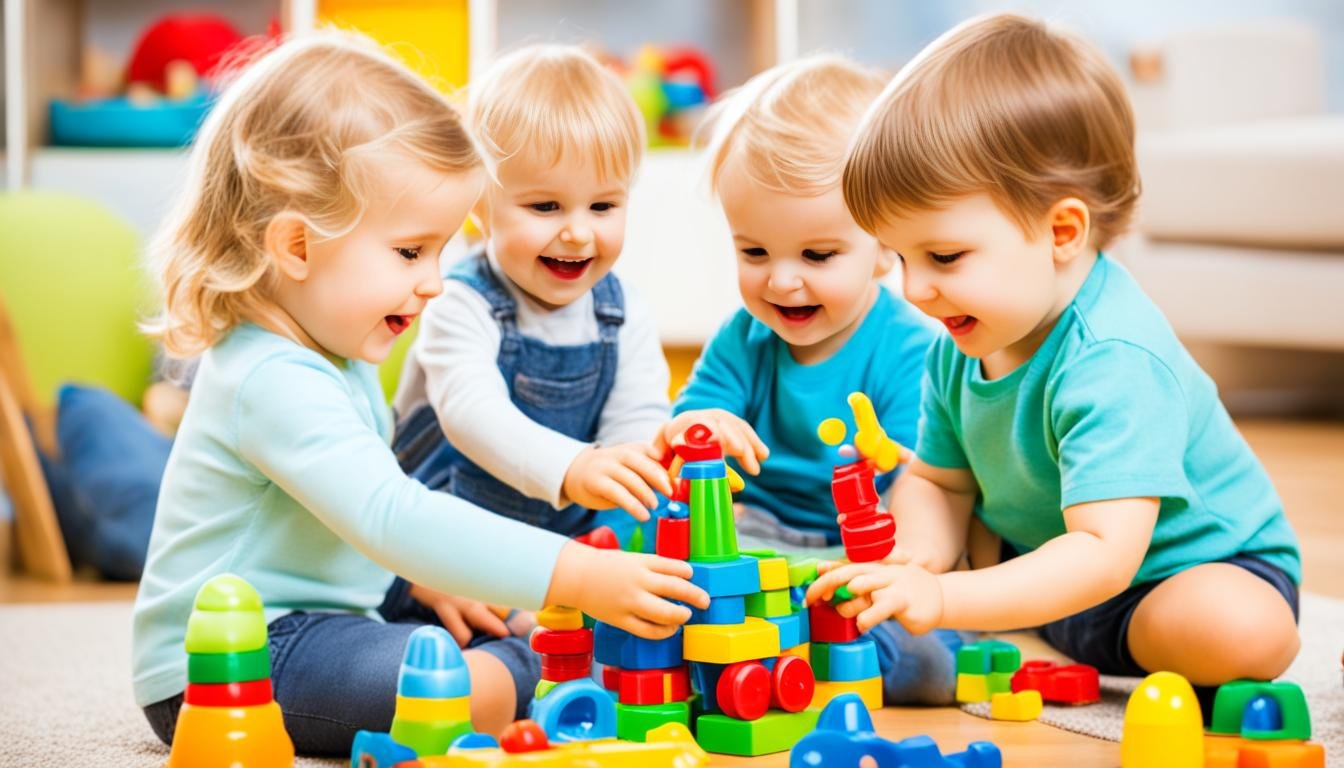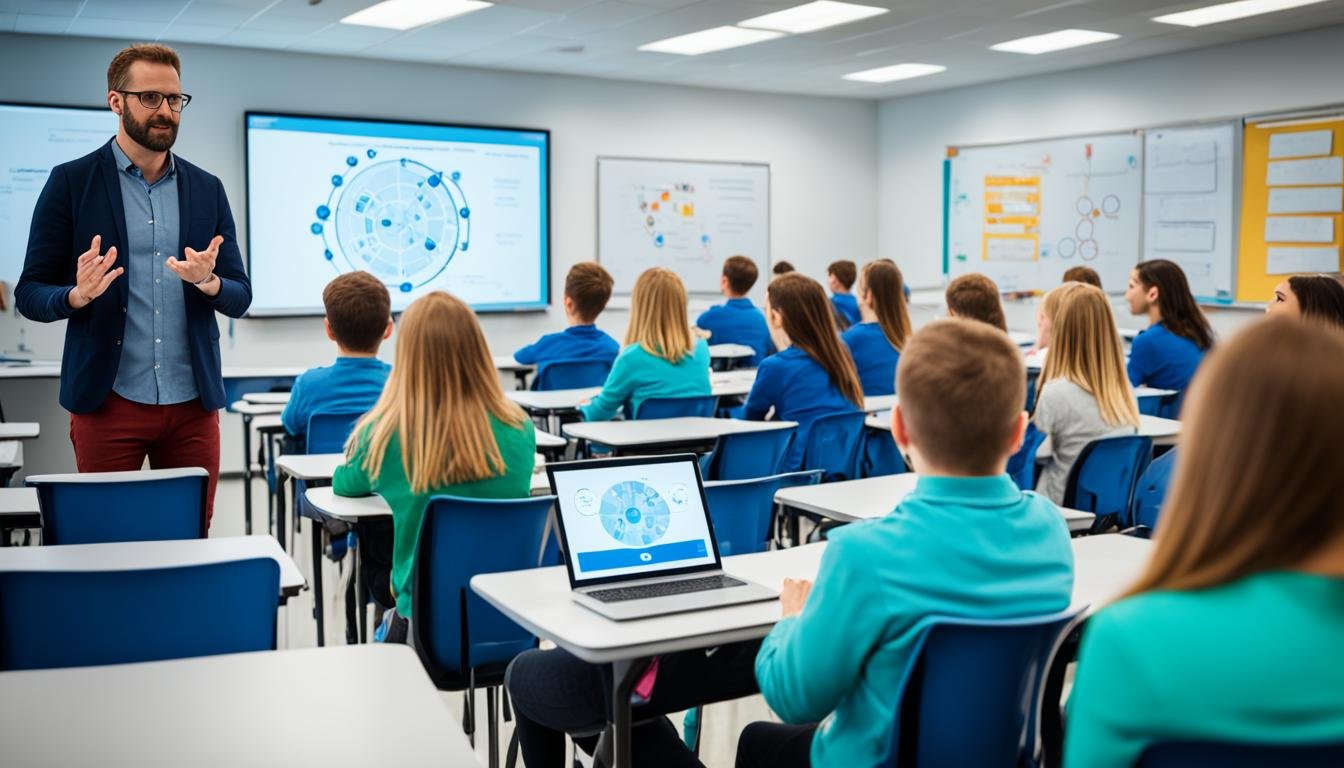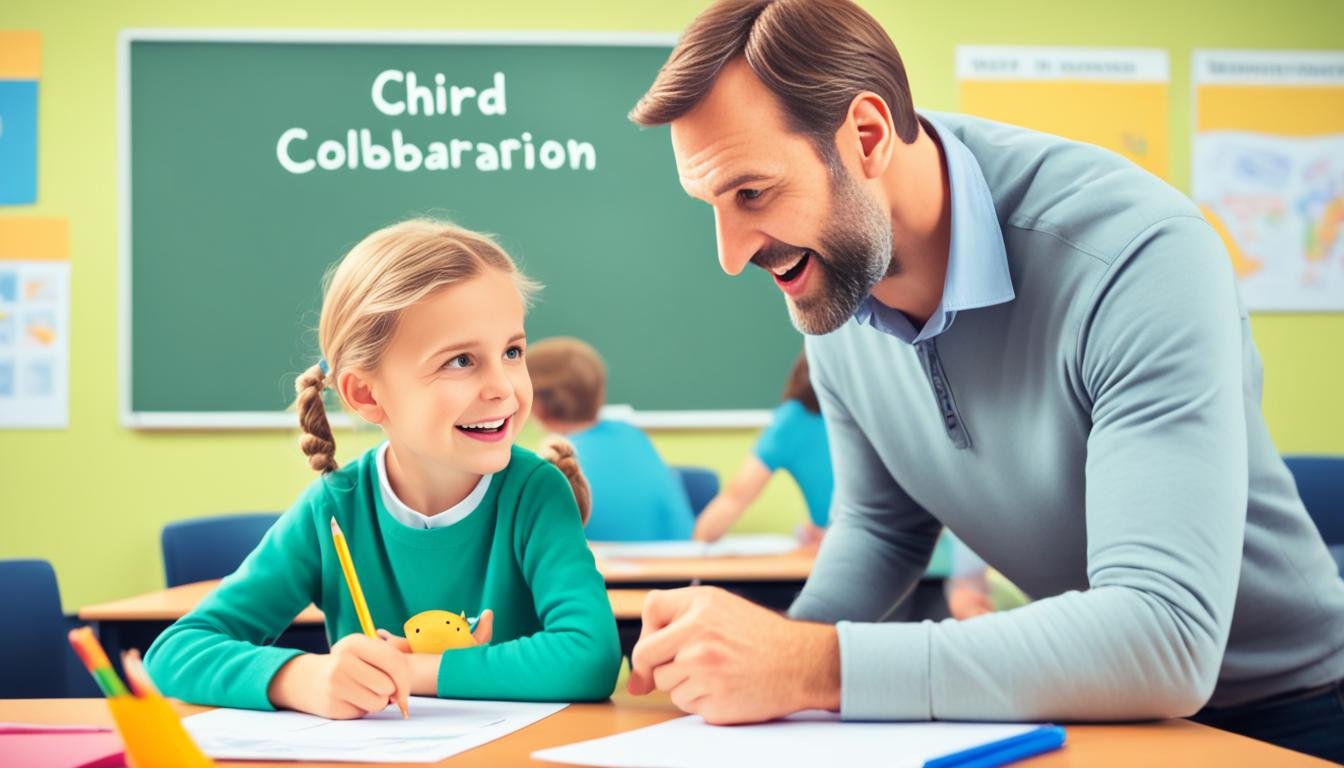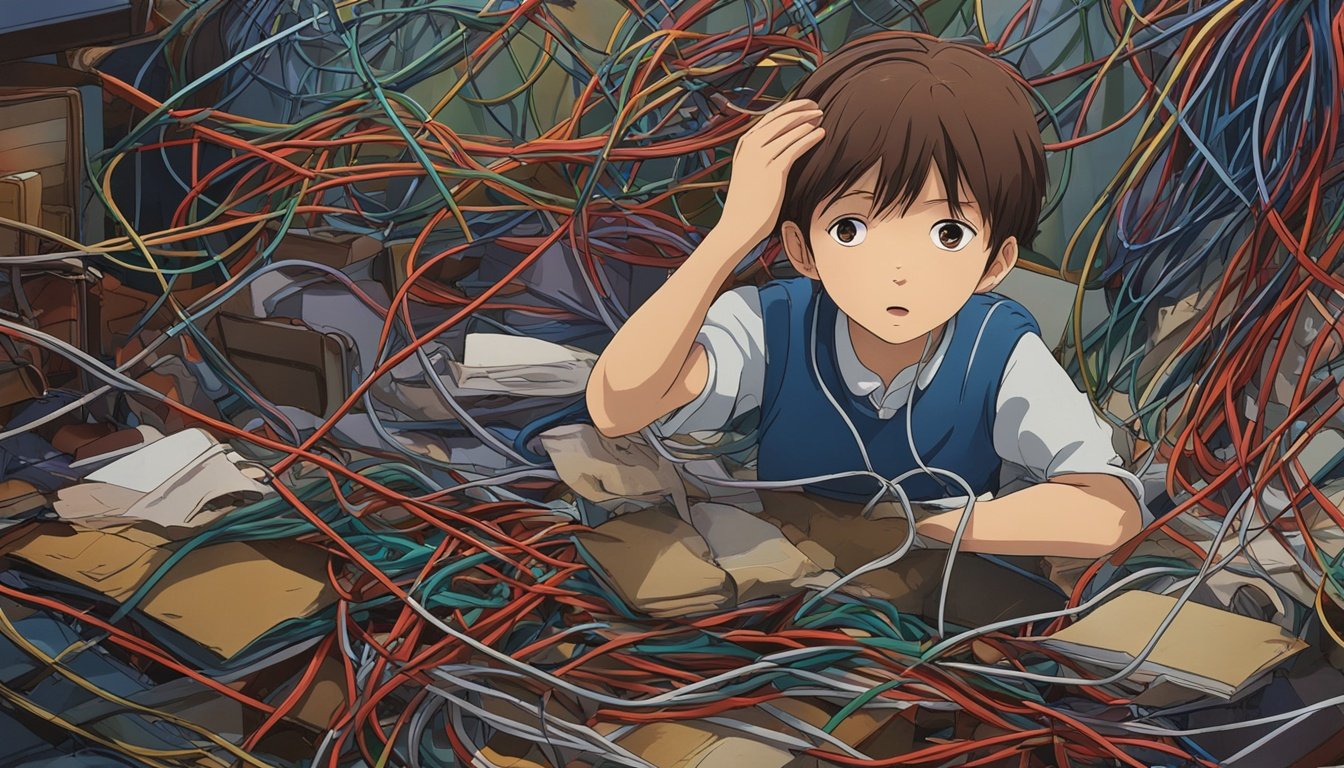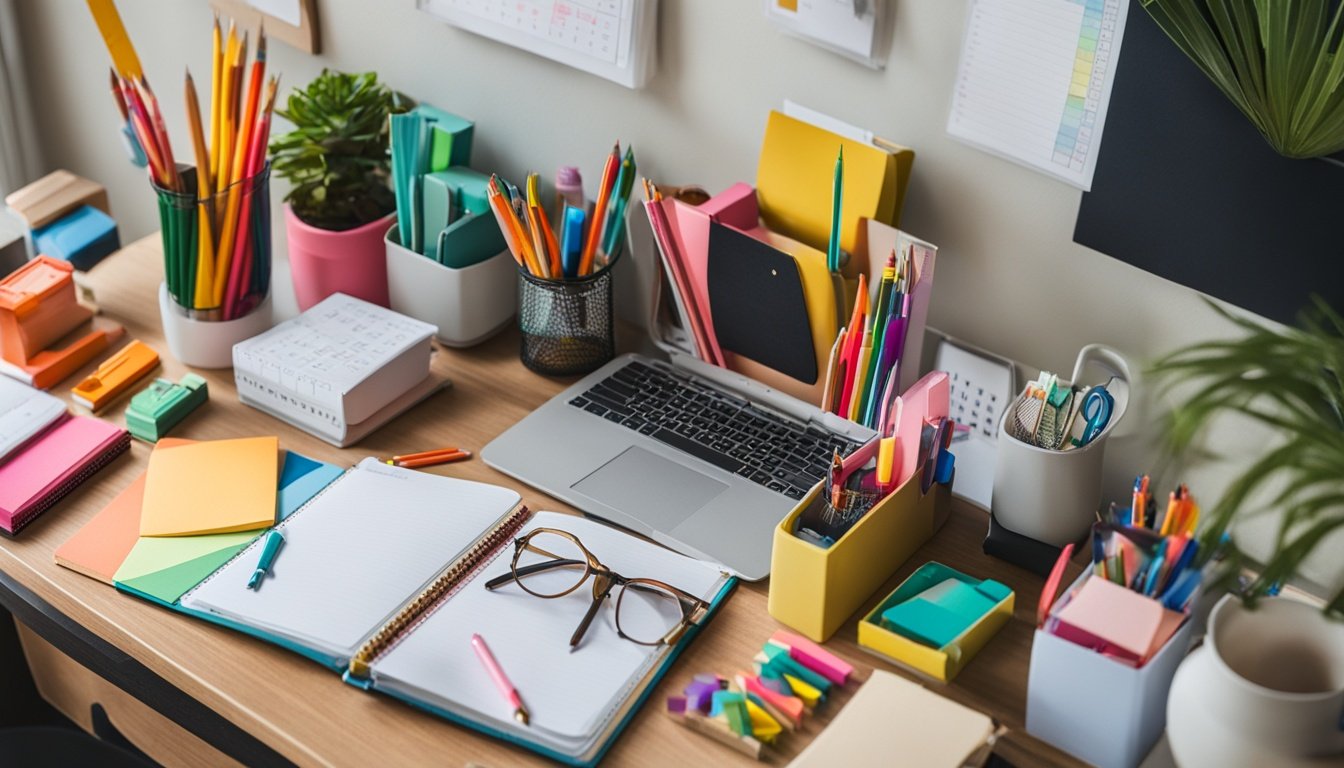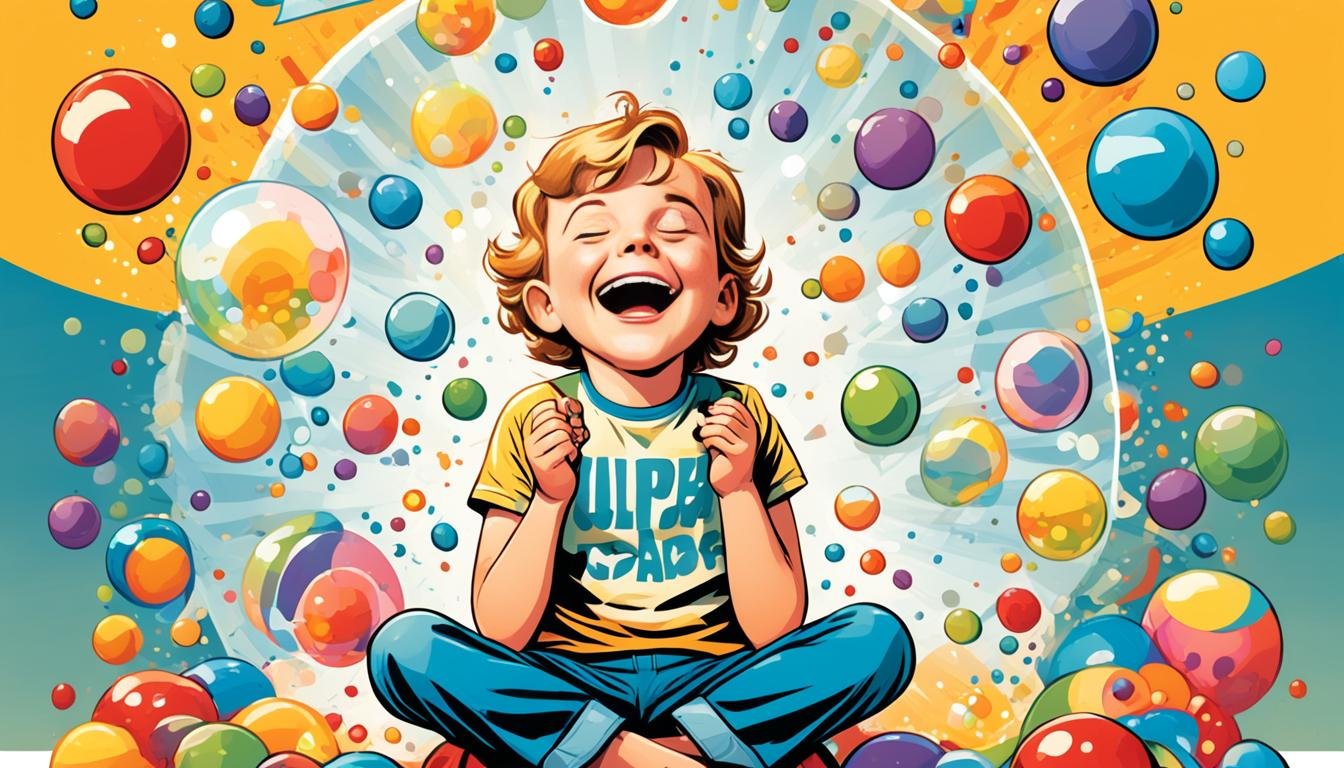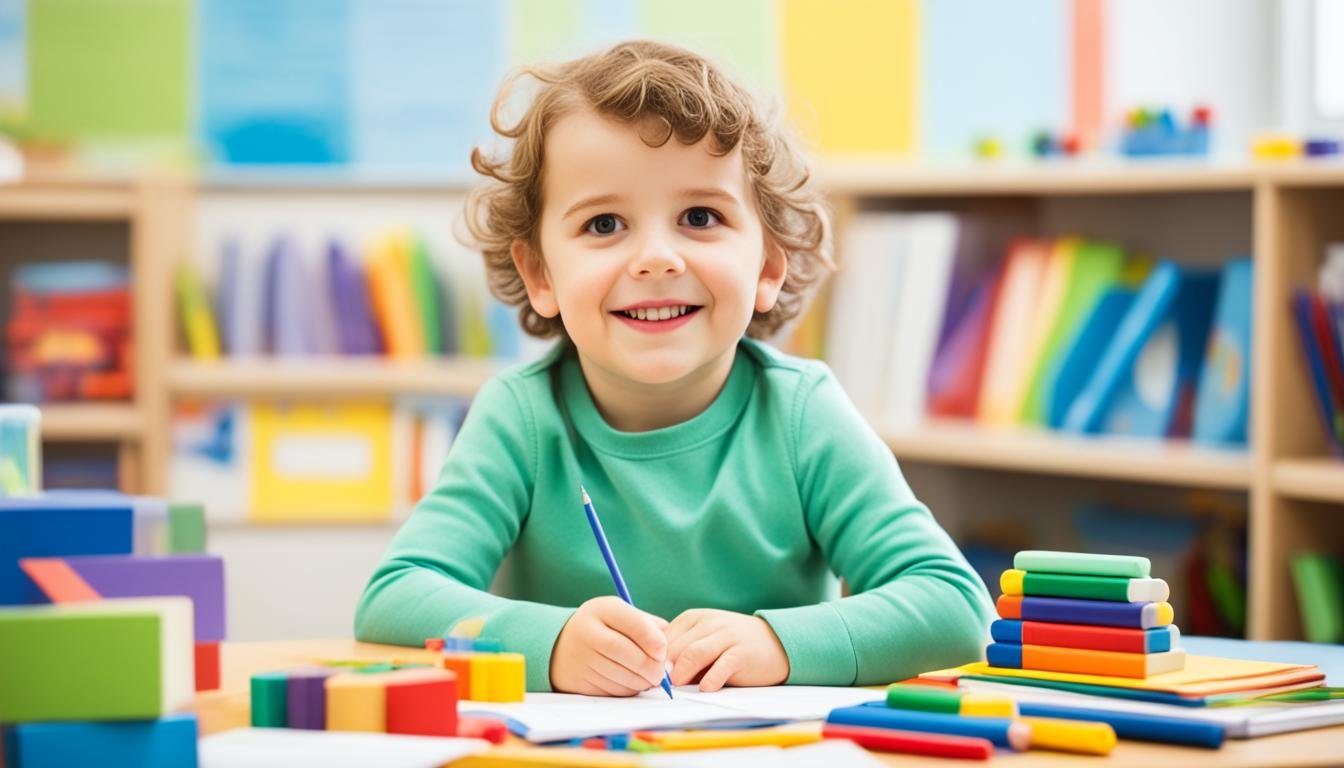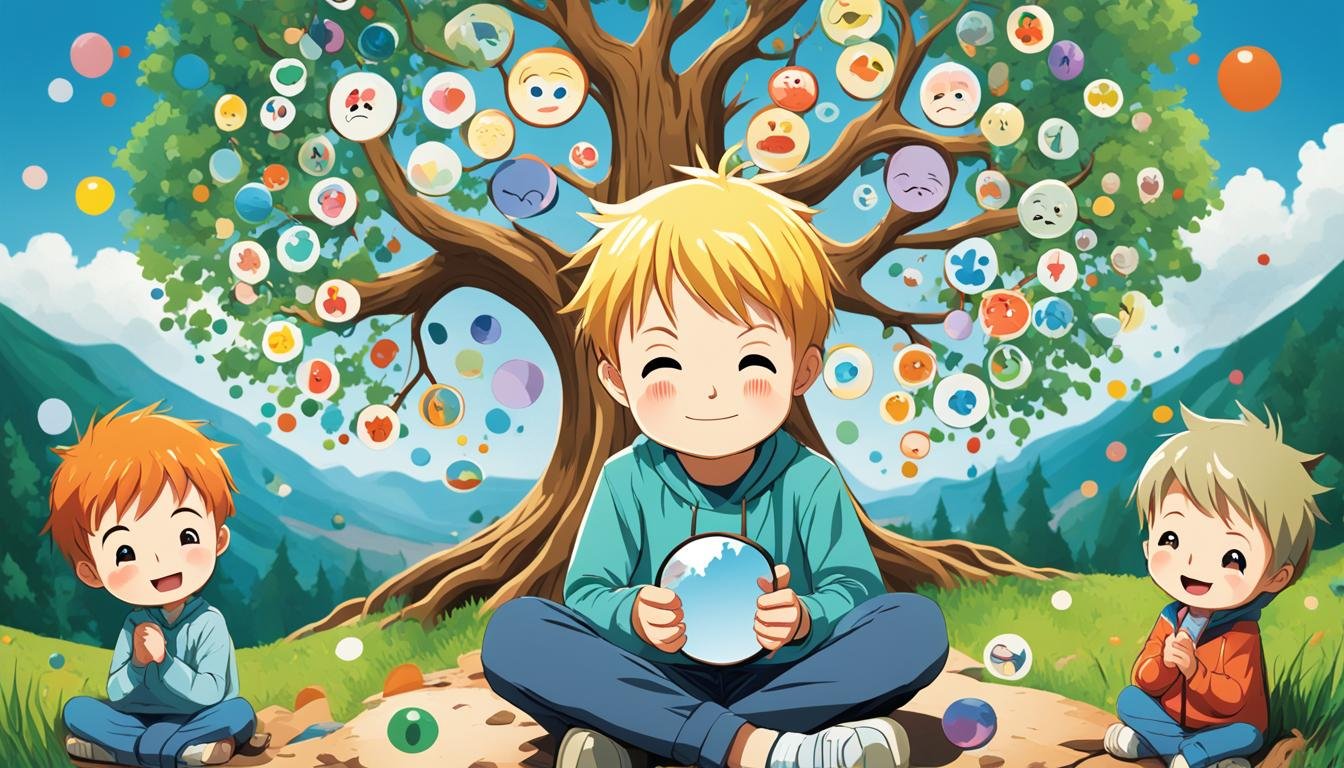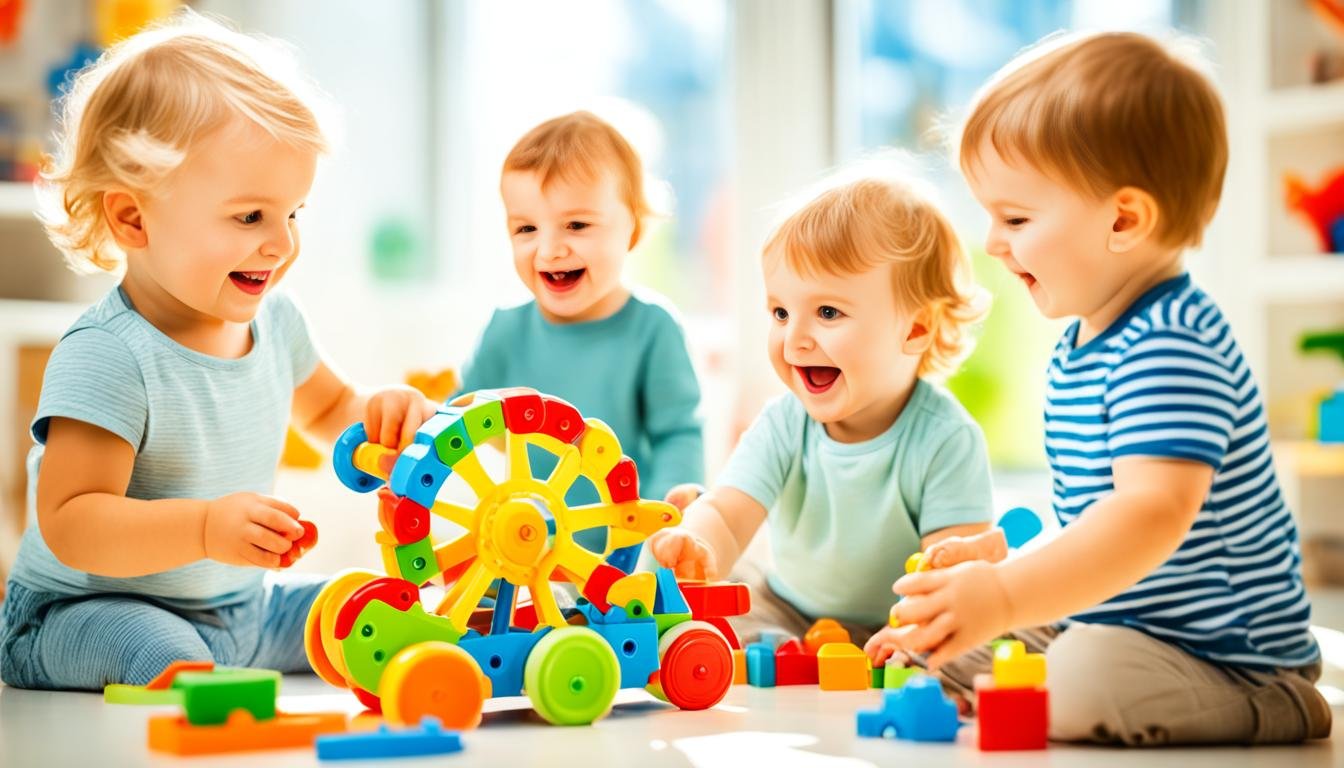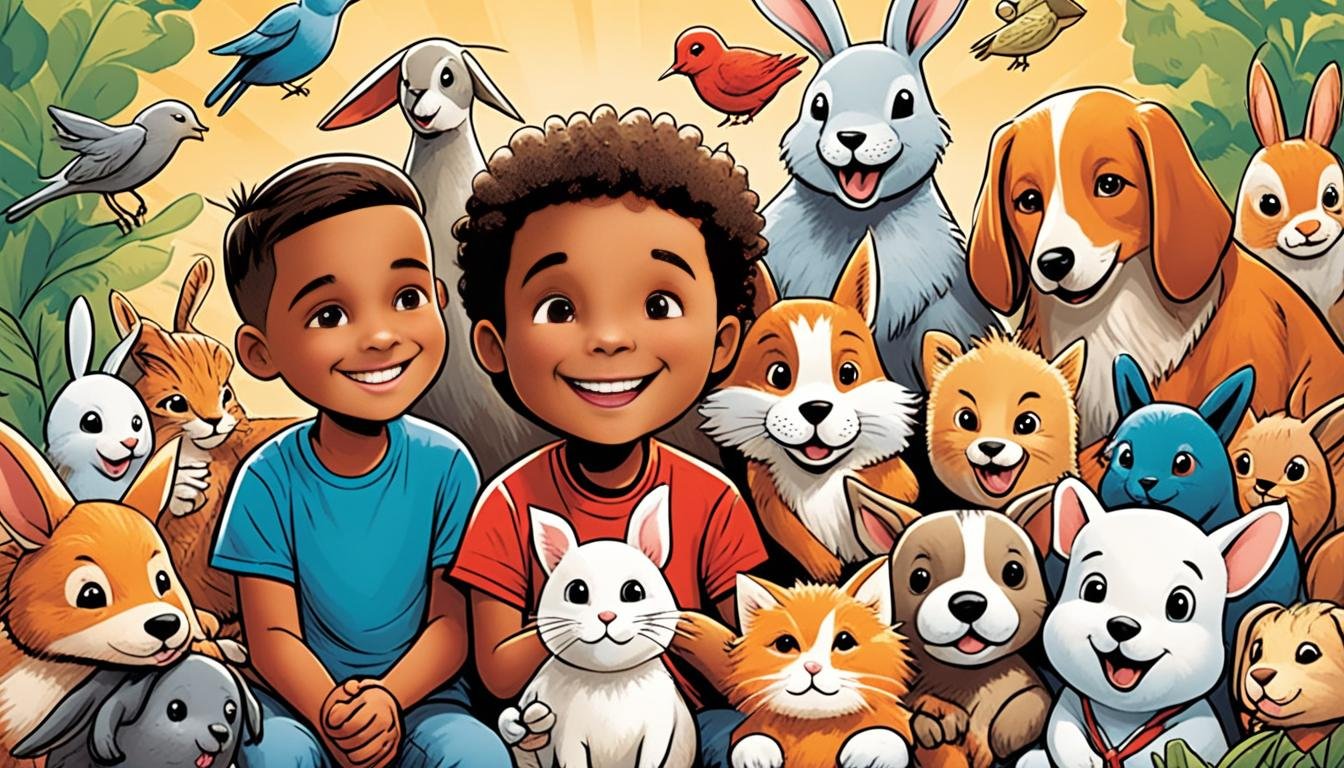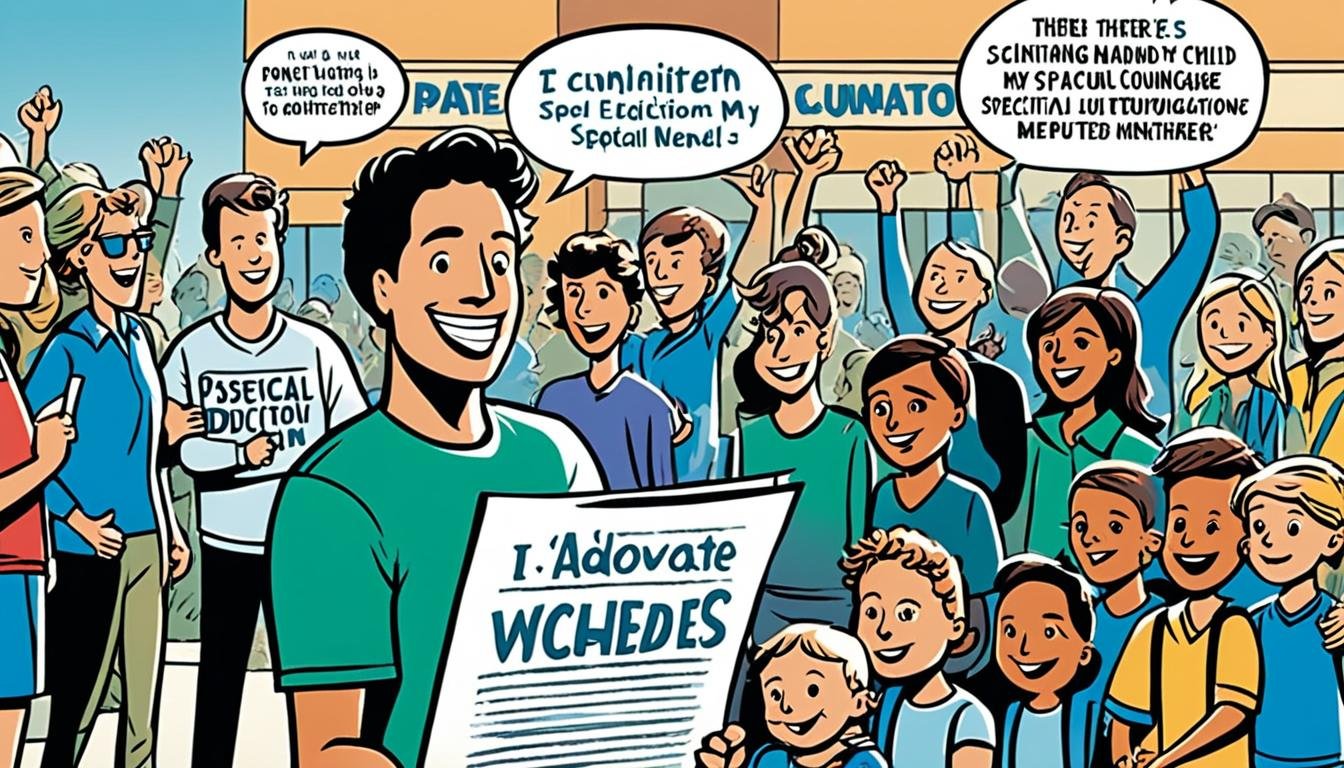How Can Art and Music Education Benefit Your Child’s Overall Development?
Have you thought about how art and music education can change your child’s future? These subjects do more than just entertain; they are key to a child’s full growth. They boost thinking skills and help with feelings, making a big difference in life.
The benefits of art and music in school are huge. They lead to better grades and personal growth. Let’s see how these arts make our kids richer and ready for a bright future.
Key Takeaways
- Art and music education benefits cognitive growth and academic performance.
- They promote emotional intelligence and social skills development.
- Creativity fosters innovation and problem-solving abilities.
- Collaboration in arts education enhances teamwork skills.
- Art and music can facilitate cross-disciplinary learning.
- Participation in these activities encourages cultural awareness.
Introduction to Art and Music Education
Art and music education are key to helping kids be creative and express themselves. They teach the value of art and music in the classroom. Parents and teachers see how these subjects help kids grow.
Adding art and music to learning helps kids develop important arts skills. It also helps them grow emotionally, socially, and in thinking skills.
Here are some main points:
- Enhanced Creativity: Kids can show who they are through art.
- Improved Academic Performance: Arts in school are linked to better grades.
- Social Skills Development: Music and art classes help kids work together.
Embracing arts in education is key to helping kids do well in school and be happy. Arts have a big impact on kids’ lives.
| Art and Music Education Benefits | Significance of Arts Education | Role of Arts in Education |
|---|---|---|
| Boosts Creativity | Encourages self-expression | Integrates artistic skills with academics |
| Enhances Academic Outcomes | Provides a well-rounded education | Fosters critical thinking skills |
| Develops Emotional Intelligence | Cultivates empathy and awareness | Supports mental health and well-being |
Understanding Child Development Stages
Early childhood education is vital, and knowing about child development stages is key. These stages help us see how kids grow and learn. They are crucial for building the skills needed later on.
Early development is very important. It sets the stage for learning, emotional growth, and making friends. Art and music play a big role in this process.
The Importance of Early Development
The early years are amazing for change. Early development shapes how kids think, feel, and interact with others. Art and music help a lot in this.
They make kids curious and let them share their feelings. This is key to understanding the world and making lasting memories.
How Art and Music Fit into Developmental Stages
Art and music fit right into each developmental stage. Babies love rhythm and music, which helps their brains grow. Toddlers get better at talking and making friends through music play.
For older kids, arts education is even more important. Programs that mix art and music help with memory and focus. These activities make learning fun and help kids grow in all areas.
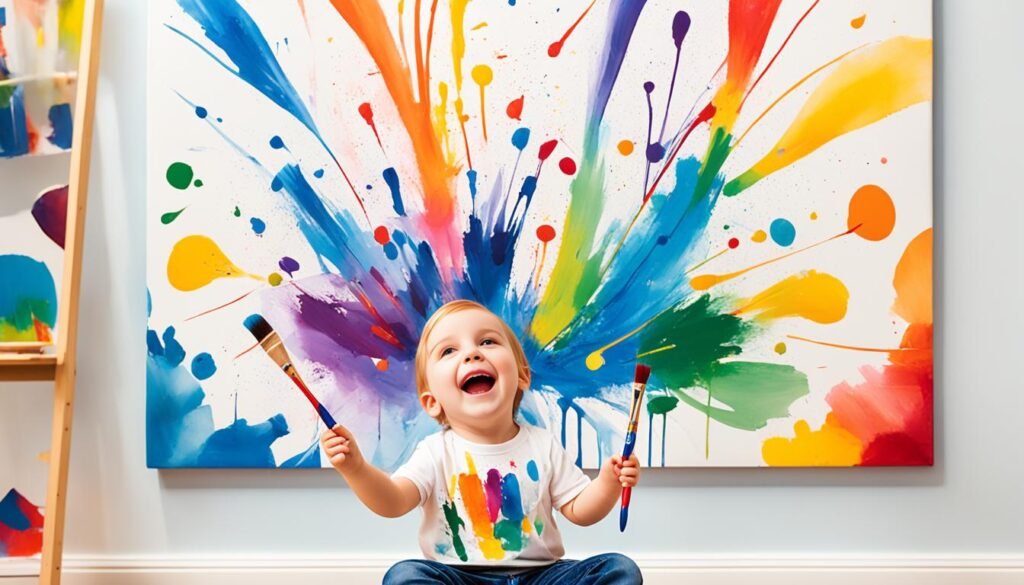
Art and music are key to a child’s growth. For more on this, check out this resource. It talks about the benefits of music in early childhood.
Art and Music Education Benefits: Cognitive Development
Art and music education boost cognitive skills in kids. They make language and math skills better. These arts help kids grow in many ways.
Enhancing Language and Reading Skills
Music education helps with language development through arts. Kids who sing and play rhythms get better at words and reading. Music teaches them about sounds and meanings early on.
This shows how music helps kids learn language. It’s a great way to improve their language skills.
Improving Mathematical Capabilities
Music education also helps with math. I’ve seen how music’s rhythm and patterns make math easier to understand. Playing instruments makes kids better at math, focusing, and solving problems.
The benefits of art and music education in math are clear. Music and art make math easier to grasp.
Adding art and music to school helps with language and math. Sites like KidLinkLC.com can help parents and teachers see these benefits. They can help kids grow and learn better.
Fostering Emotional Intelligence with Arts Education
Arts education boosts emotional smarts in kids, letting them share feelings through creativity. Art lets my child show emotions hard to say out loud. It’s a way for kids to know their feelings better and understand themselves more.
Art and music make kids more empathetic. They see and feel others’ views and feelings, which helps in making friends. This helps them be strong emotionally and boosts their confidence. Arts education is key in letting kids safely share their feelings and thoughts.
Working on art together, kids learn to work as a team and share their ideas. These activities help them deal with others better. I see how arts education improves their emotional smarts and helps them grow overall.
The importance of arts educationfor emotional growth is clear. It shows how important regular art in school is.
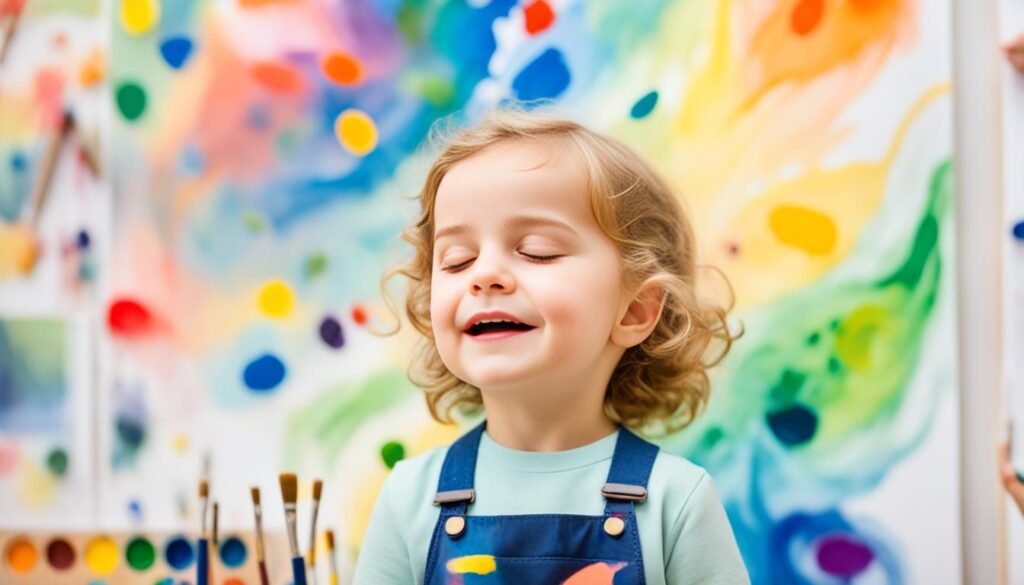
Social Skills Development through Music
Music education gives kids a great chance to boost their social skills through music. Being part of a choir or a band helps them learn important teamwork and cooperation. They get to work together, set goals, and feel like they belong.
Teamwork and Cooperation in Group Activities
Kids learn key teamwork skills in music groups. They support each other and learn to listen and work together. This helps them handle different opinions and see how working together leads to success.
This teamwork makes the music better and helps kids get better at communication skills through music education.
Effective Communication and Leadership Skills
Music education is more than just playing an instrument. It helps kids become leaders through arts. They get to share their thoughts and feel more confident in talking to others.
In groups, they try out leadership roles. This helps them give clear instructions and motivate others. This kind of experience prepares them for life, making their social skills much better.
Music and art together help kids do well socially. They learn to communicate, work together, and lead. For more tips on their growth, check out this link.
Creativity and Innovation Skills
Arts education helps kids grow their creativity and innovation. It makes them think deeply and try out different ways to express themselves. By doing arts, kids learn to solve problems in new ways. This is key for life’s challenges.
Boosting Problem-Solving Abilities
Art and music teach kids to tackle problems in creative ways. They learn to find many solutions, which makes them think outside the box. This helps them handle changes and see things from new angles.
The Role of Creativity in Future Success
Creativity is key to doing well in the future. Kids need to be innovative to keep up with a changing job market. Arts and music education make them think creatively. This prepares them for life’s ups and downs.
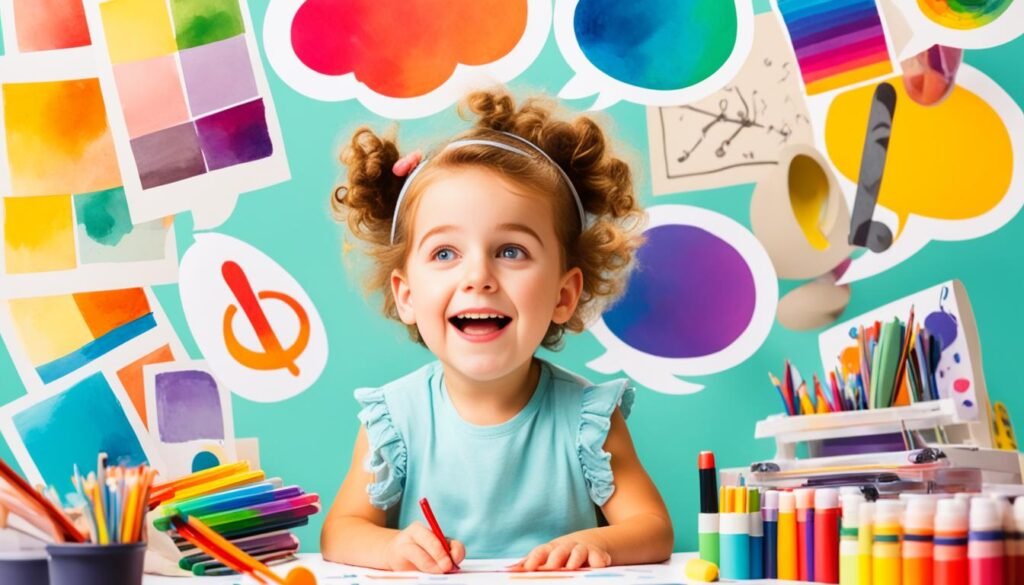
| Skill Developed | Impact on Life |
|---|---|
| Problem-Solving | Enhances decision-making in real-life scenarios |
| Creativity | Encourages innovative thinking and adaptability |
| Critical Thinking | Improves reasoning and independent thought |
| Collaboration | Fosters teamwork and effective communication |
Improving Academic Achievement through Art and Music
Art and music education can greatly boost academic performance. I’ve seen how art and music help students do better in many subjects. These creative activities improve skills that help in school, making learning more powerful.
The Connection between Art, Music, and Academic Performance
Studies show that art and music make students do better in school. Kids who take part in these activities are often better at math and science. The art and music education impact on academics shows how being creative helps students face tough school challenges.
Statistics on Academic Outcomes Related to Arts Education
Studies back up the good effects of music education. Arts education statistics say students in arts programs are four times more likely to get top grades. They also attend school more and often lead in their schools. Music education in schools brings big benefits, making students well-rounded and successful.
| Arts Program Participation | Increased Academic Recognition | Improved Attendance Rates | Leadership Opportunities |
|---|---|---|---|
| Arts Education Students | 4x More Likely | Higher Rates | Greater Likelihood |
| Non-Arts Education Students | Baseline | Standard Rates | Reduced Likelihood |
Adding arts education to school is key to better grades. For more info, check out the benefits of art and music in school.
The Value of Arts Integration in Education
Adding arts to different subjects makes learning richer and more engaging for students. This method makes learning deeper and more fun. By mixing art and music with other subjects, teachers help students remember lessons better.
Cross-Disciplinary Learning Opportunities
Arts integration helps students connect different subjects. When they learn through art, they understand better. This way, they think more critically and innovate.
Students learn to see things from different angles. This shows the impact of art education on practical skills in real life.
Real-World Applications of Creative Skills
Arts education helps students beyond school. It teaches creativity and flexibility, key for today’s jobs. Students learn to think outside the box and solve problems.
The real-world applications of arts education are clear when students start their careers. They do well in jobs that need teamwork and creative ideas. This approach makes school more meaningful and prepares students for the future.
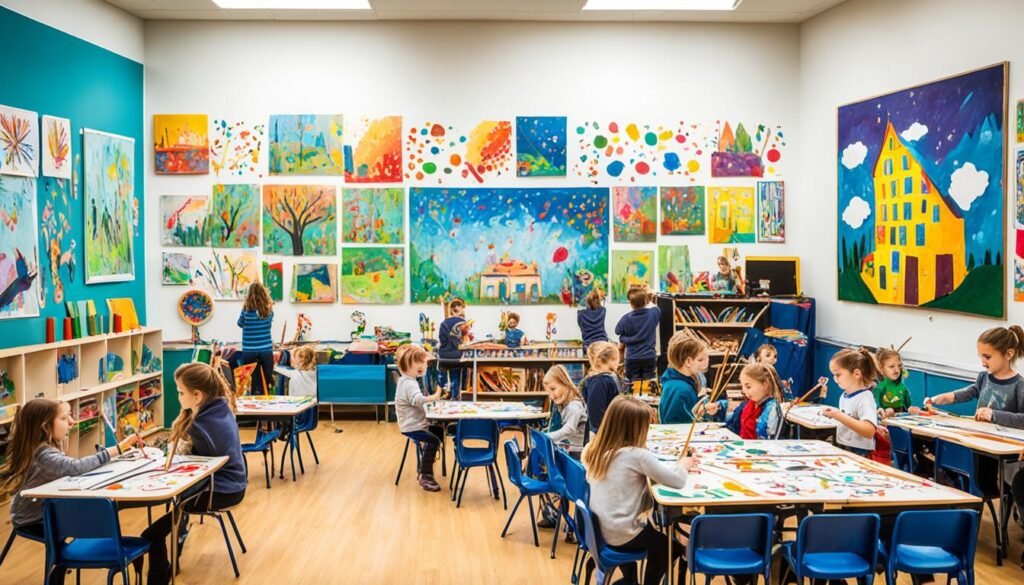
Music Therapy Benefits for Children
In recent years, I’ve seen how music therapy helps children with emotional and developmental challenges. It uses music to support kids in sharing their feelings. Music therapy helps with emotional processing, improves mood, and reduces anxiety.
Using Music as a Therapeutic Tool
Music is a powerful tool for emotional healing. Through music activities, children open up and share their feelings. It helps them express emotions hard to say out loud. This builds emotional intelligence and resilience, especially for those facing emotional challenges.
Impact of Music Therapy on Emotional and Behavioral Challenges
Studies show music therapy helps with behavioral issues. I’ve seen kids develop coping skills in music therapy sessions. They get better at sharing feelings and social skills. Music therapy also helps with social growth and handling conflicts.
This approach shows how music can change a child’s emotional world. It leads to better overall development. For more info, check out this study on music therapy’s benefits.
Visual Learning through Art
Arts education gives kids a special chance to boost their visual learning through art. Through drawing, painting, and sculpting, they improve their visual-spatial skills. These skills help them make sense of the world, solve problems, and think logically.
Building Visual-Spatial Skills
Visual-spatial skills are key for doing well in school and life. When kids create art, they learn a lot that helps their brains grow. Arts and projects help them see things in a new way, making math and science easier to understand.
Studies show that arts in education really helps kids think better. If you want to learn more about how arts and learning work together, check out this link. It talks about how art helps kids get better at seeing things in space, showing why being creative is good for kids.

Developing Discipline and Resilience
Learning art and music is a great way for kids to get important life skills. Through music education, they learn to practice regularly and aim for perfection. This journey helps them become resilient in arts by teaching them to keep going even when it’s hard.
Perseverance in Learning Instruments
Kids who learn to play instruments face many challenges. Practicing every day teaches them discipline. Every time they master a tough song, they learn to keep going.
This skill helps them in school and with friends. It makes them better at handling tough situations.
Confidence Gained from Completing Art Projects
Finishing art projects helps kids build confidence. They get to show off their unique style and ideas. When they complete a project, it boosts their self-esteem.
This feeling of achievement helps them feel more capable in life. It makes them more confident in many areas.
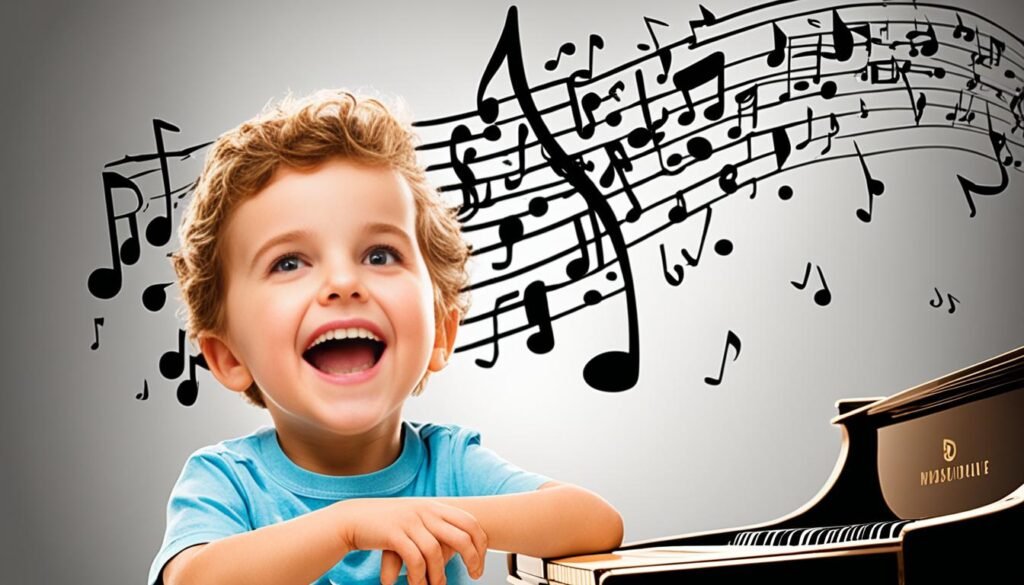
| Skill Developed | Description | Art/Music Influence |
|---|---|---|
| Discipline | Regular practice and commitment to learning. | Discipline through music education fosters consistent effort. |
| Resilience | Ability to bounce back from challenges. | Resilience development in arts prepares children for setbacks. |
| Confidence | Positive self-view and belief in abilities. | Confidence building through art education enhances self-esteem. |
| Self-Esteem | Value one places on oneself based on achievements. | Positive impact of art projects on self-esteem boosts personal value. |
Encouraging Cultural Awareness
Art and music are great ways to teach kids about different cultures. By exploring various artistic forms, kids learn to value diversity. This helps them understand and accept others better, building a more inclusive community.
Exploring Diversity through Music and Art
Music and art open kids’ eyes to the world. They learn about different cultures and ways of life. This can make them more empathetic and caring towards others.
When kids make art or music together, they share traditions and stories. This helps them see the world in a new light. It teaches them about the rich tapestry of human culture.
- Cultural Performances: Music from around the world helps kids connect with global cultures.
- Art Exhibitions: Visual arts show kids different ways to tell stories and create art.
- Collaborative Projects: Working together in art and music highlights the value of diverse backgrounds.
Adding cultural awareness through arts in schools prepares kids for a global future. These experiences teach them to be open-minded and accepting. It’s a powerful way to shape their worldview.
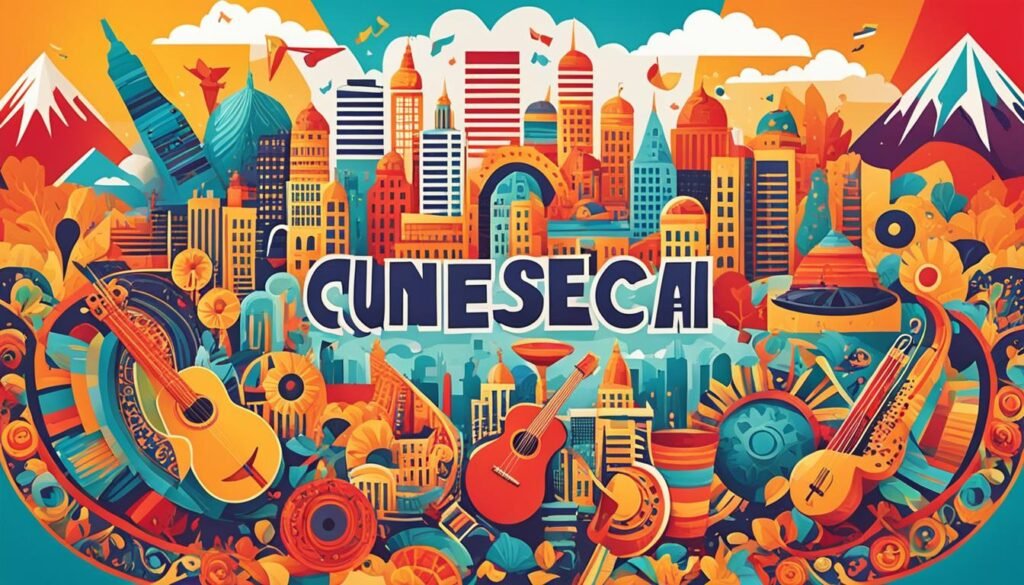
| Art Form | Culture Represented | Key Learning Outcomes |
|---|---|---|
| Traditional Dance | African | Understanding rhythm and storytelling |
| Native American Music | Native American | Learning about oral traditions and history |
| Asian Calligraphy | Chinese | Exploring patience, precision, and artistic expression |
Learning about diverse arts makes kids well-rounded and appreciative of our global community. These experiences help them feel a deeper connection to the world. It’s a powerful way to grow into open-minded adults.
Engaging Activities for Various Age Groups
I tailor music to each child’s age, seeing its huge impact on growth. Music activities for infants and structured music for older kids are key. Both help in creative ways.
Infants and Music: Early Recognition of Melody
Infants show a great ability to pick up on music early on. Music activities for them boost thinking and feelings. Simple tunes or soft music help them learn about sounds.
This early music exposure sets the stage for learning later on. It helps with language and social skills.
School-Age Children: Transitioning to Structured Learning
When kids get to school age, structured music education is key. Activities like learning an instrument or singing in a choir add to their learning. These activities improve music skills and help with social and thinking skills.
They get ready for school challenges. Music also builds confidence and teamwork, important for being well-rounded.
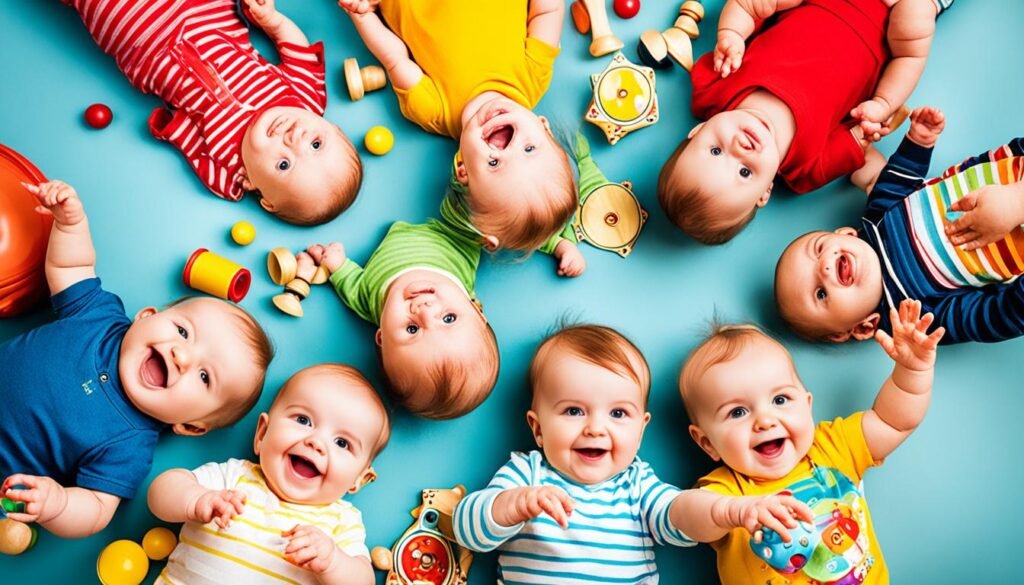
| Age Group | Activity Type | Focus Area | Benefits |
|---|---|---|---|
| Infants | Listening to soft music | Cognitive Development | Enhances melody recognition |
| Infants | Singing nursery rhymes | Language Development | Builds vocabulary and rhythm |
| School-Age Children | Instrument lessons | Structured Learning | Refines social skills and discipline |
| School-Age Children | Choir participation | Collaboration | Fosters teamwork and communication |
Adding art and music to learning is priceless. I support creative activities like mixing music and art. These activities boost creativity and musical skills. They help my kids grow fully.
The Role of Parents in Supporting Art and Music Education
As a parent, my role in my child’s music education is key to their success. Being actively involved boosts their experience and helps develop important skills. Showing interest in their music passion encourages them to dive deeper into their creativity. By being there and showing support, I help them love music more than just playing it.
Encouraging Participation in Music Classes
Getting my child into music classes is a great way for them to learn and grow. Supporting their arts journey is crucial. I tailor my encouragement to fit their interests and work closely with teachers and my child. This teamwork helps them succeed.
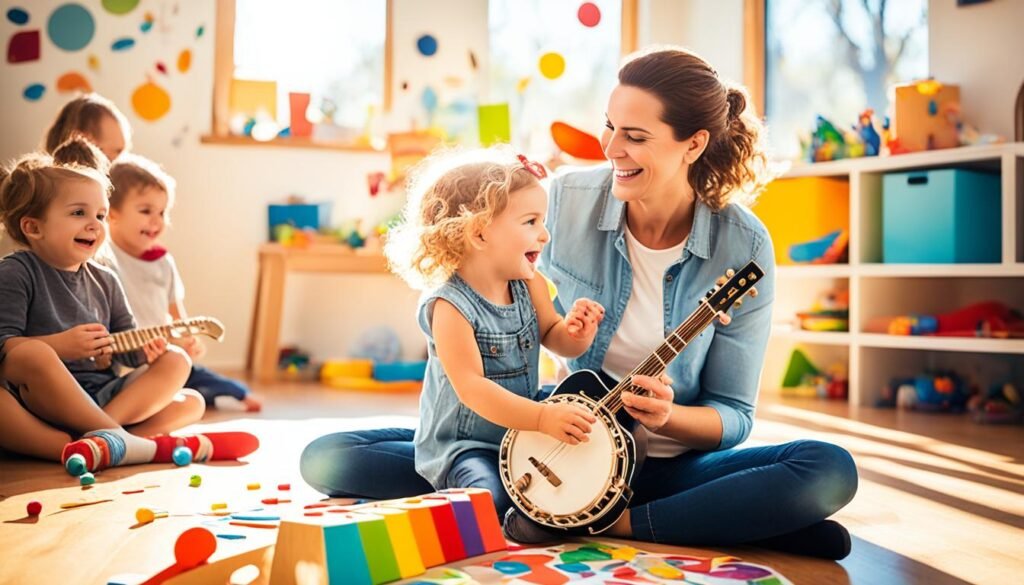
Music education is more than just going to classes. It means helping them practice regularly and try out different instruments. I see this as a long-term investment in their skills and well-being. Talking about their classes and achievements shows my support and boosts their confidence.
| Aspect | Benefits |
|---|---|
| Emotional Development | Increased self-expression and coping skills. |
| Social Skills | Building teamwork, collaboration, and communication. |
| Cognitive Growth | Enhanced problem-solving and critical thinking abilities. |
| Discipline | Development of perseverance and work ethic. |
I understand how important I am in my children’s artistic journey. Encouraging them to join music classes is just the start. My support sets the stage for their success in music and life. For more ways to support your child’s music education, check out strategies to help music students succeed.
Current Trends in Art and Music Education
Technology is changing arts education in big ways. Schools now use online tools for interactive learning. These tools make learning fun and let students be creative.
Music education is also seeing new changes. Teachers use digital tools to teach music theory and how to play instruments. For example, apps let students practice rhythm and play virtual instruments from anywhere.
Now, arts education combines with other subjects like science and math. This mix helps students use their skills in different ways. It makes them understand arts and core subjects better.
- Technology Integration: Interactive platforms and online resources enhance student engagement.
- Digital Tools in Music: Apps and virtual instruments foster practical experience.
- Cross-Disciplinary Learning: Merging subjects enriches the educational landscape.

The future of arts education is changing fast. These new changes meet the needs of today’s learners. They keep the arts important in education.
Conclusion
Looking back, I’m amazed at how art and music education change a child’s life. These activities boost their thinking, feelings, social skills, and grades. They make learning fun and teach important life skills.
Art and music also make kids feel happy and fulfilled. By letting them be creative, they become more confident and keep loving to learn. This love for learning can lead to great achievements and a happy life later on.
Adding art and music to school is a great choice for kids. These programs help kids grow in every way. They set kids up for a bright and happy future.
